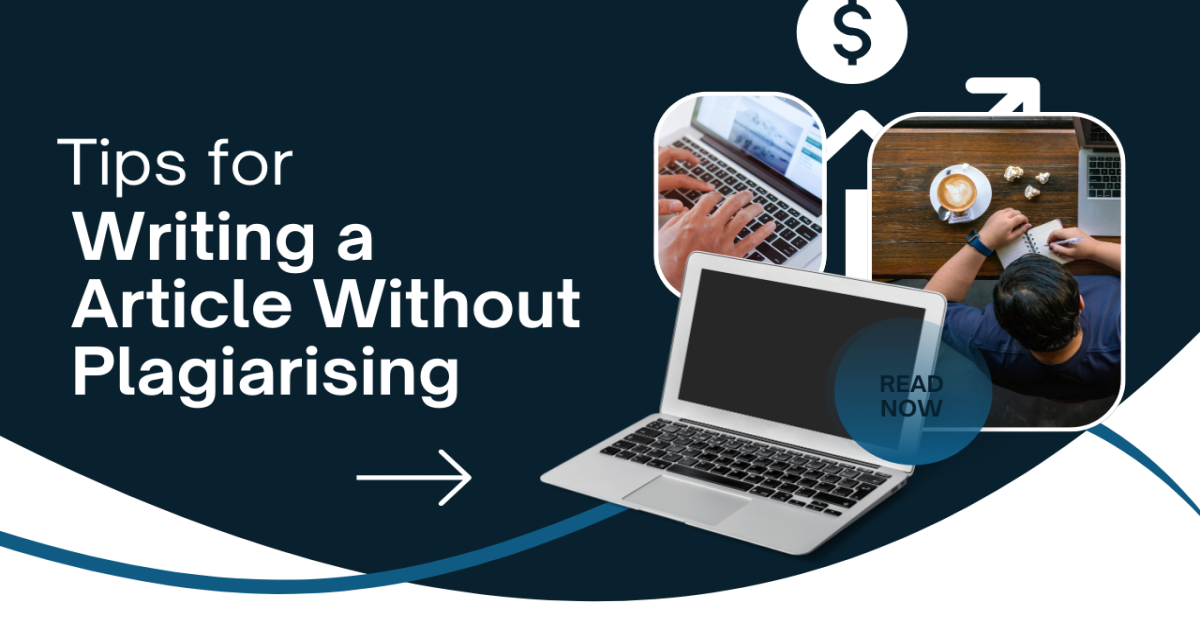Creating original content is crucial in today's digital landscape. With the vast amount of information available online, plagiarism prevention has become a significant concern for writers and publishers alike.

The importance of article writing tips cannot be overstated, as they help writers produce high-quality, unique content that resonates with their audience. In this article, we will explore valuable tips and strategies for original content creation.
Key Takeaways
- Understand the importance of original content
- Learn effective strategies for plagiarism prevention
- Discover tips for improving your article writing skills
- Explore best practices for creating unique content
- Gain insights into the benefits of original content creation
Understanding Plagiarism in Content Creation
Understanding plagiarism is crucial for content creators to maintain the authenticity and credibility of their work. Plagiarism is not just about copying someone's work verbatim; it involves a broader range of actions that can compromise the originality of content.
What Constitutes Plagiarism in Writing
Plagiarism includes direct copying, paraphrasing without attribution, and the use of someone else's ideas or data without proper citation. It is essential to understand that plagiarism definition encompasses not just text but also ideas, data, and other forms of intellectual property.
Common Misconceptions About Original Content
Many believe that original content must be entirely new. However, originality can also lie in presenting existing information from a fresh perspective or with a unique analysis. The importance of original content cannot be overstated, as it adds value to the existing body of knowledge.
Consequences of Plagiarism
The consequences of plagiarism can be severe, ranging from damage to one's reputation to legal repercussions. Proper citation methods are crucial in avoiding plagiarism. The table below summarizes the potential consequences:
| Consequence | Description | Impact |
|---|---|---|
| Reputation Damage | Loss of credibility among peers and audience | High |
| Legal Action | Potential lawsuits for copyright infringement | Severe |
| Academic Penalties | Failure in assignments or expulsion | Varies |
How to Write an Article Without Plagiarising
Writing an article without plagiarising requires a combination of thorough research, effective note-taking, and a unique writing voice. To achieve this, it's crucial to understand the processes involved in creating original content.
Conducting Thorough Research
Thorough research is the foundation of original content. It involves exploring various sources, including academic journals, books, and reputable online resources, to gather information on the topic. Effective research techniques include using specific keywords, evaluating sources for credibility, and organizing the information gathered.
Taking Effective Notes and Organizing Sources
Taking effective notes is critical in avoiding plagiarism. It involves paraphrasing information, summarizing key points, and recording the sources of the information. Note-taking strategies such as using headings, subheadings, and bullet points can help organize the information and make it easier to reference.
| Note-taking Method | Description | Benefits |
|---|---|---|
| Paraphrasing | Rewriting information in your own words | Avoids plagiarism, improves understanding |
| Summarizing | Condensing information into key points | Helps in retaining essential information |
| Quoting | Using exact words from a source | Useful for critical or impactful statements |
Developing Your Unique Voice and Perspective
Developing a unique writing voice is essential for creating original content. It involves expressing your thoughts and ideas in a way that is distinct from others. This can be achieved by using your own words, being authentic, and providing fresh insights on the topic.
Techniques for Finding Your Writing Style
Finding your writing style involves experimenting with different tones, structures, and language use. Techniques such as reading widely, practicing writing regularly, and getting feedback from others can help you develop your unique voice.

Essential Techniques for Creating Original Content
Producing unique and original content is a vital skill for writers and marketers alike. To achieve this, several techniques can be employed to ensure the content is not only engaging but also free from plagiarism.
Proper Citation and Attribution Methods
One of the fundamental techniques is proper citation and attribution. This involves acknowledging the original source of information, ideas, or quotes used in the content. Correct citation not only avoids plagiarism but also adds credibility to the work. Various citation styles, such as APA, MLA, and Chicago, can be used depending on the context or requirement.
Effective Paraphrasing Strategies
Effective paraphrasing is another crucial technique. It involves rephrasing the original text in one's own words while maintaining the original meaning. Good paraphrasing requires a deep understanding of the subject matter and the ability to convey it differently. It's not just about replacing a few words; it's about capturing the essence and presenting it in a new light.

Tools and Resources for Plagiarism Prevention
Utilizing tools and resources for plagiarism prevention is also essential. These tools help identify potential plagiarism by comparing the content against a vast database of existing works.
Top Plagiarism Checkers and How to Use Them
Some of the top plagiarism checkers include Turnitin, Quetext, and Grammarly. These tools can be used to scan content for potential plagiarism. To use them effectively, writers should understand how to interpret the results and make necessary adjustments to ensure originality.
Conclusion
By understanding the importance of original content and implementing effective plagiarism prevention tips, writers can produce high-quality articles that resonate with their audience.
The benefits of original content are numerous, including improved credibility, enhanced reader engagement, and better search engine rankings. By conducting thorough research, taking effective notes, and developing a unique voice, writers can create content that stands out from the crowd.
To maintain the integrity of their work, writers should adhere to proper citation and attribution methods, utilize effective paraphrasing strategies, and leverage tools and resources designed for plagiarism prevention. By doing so, they can ensure the originality and authenticity of their content, reaping the benefits of original content while avoiding the pitfalls of plagiarism.






